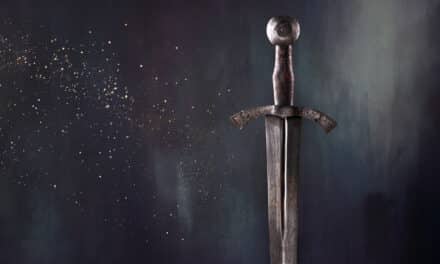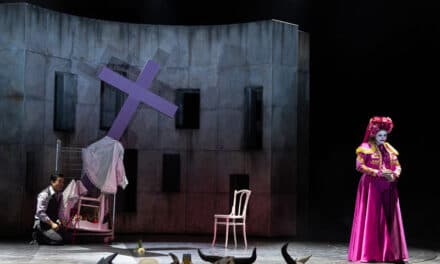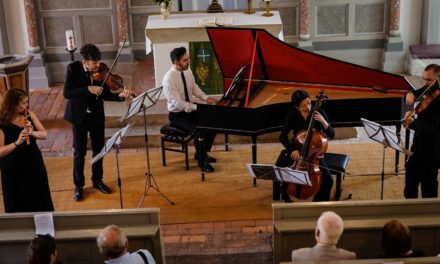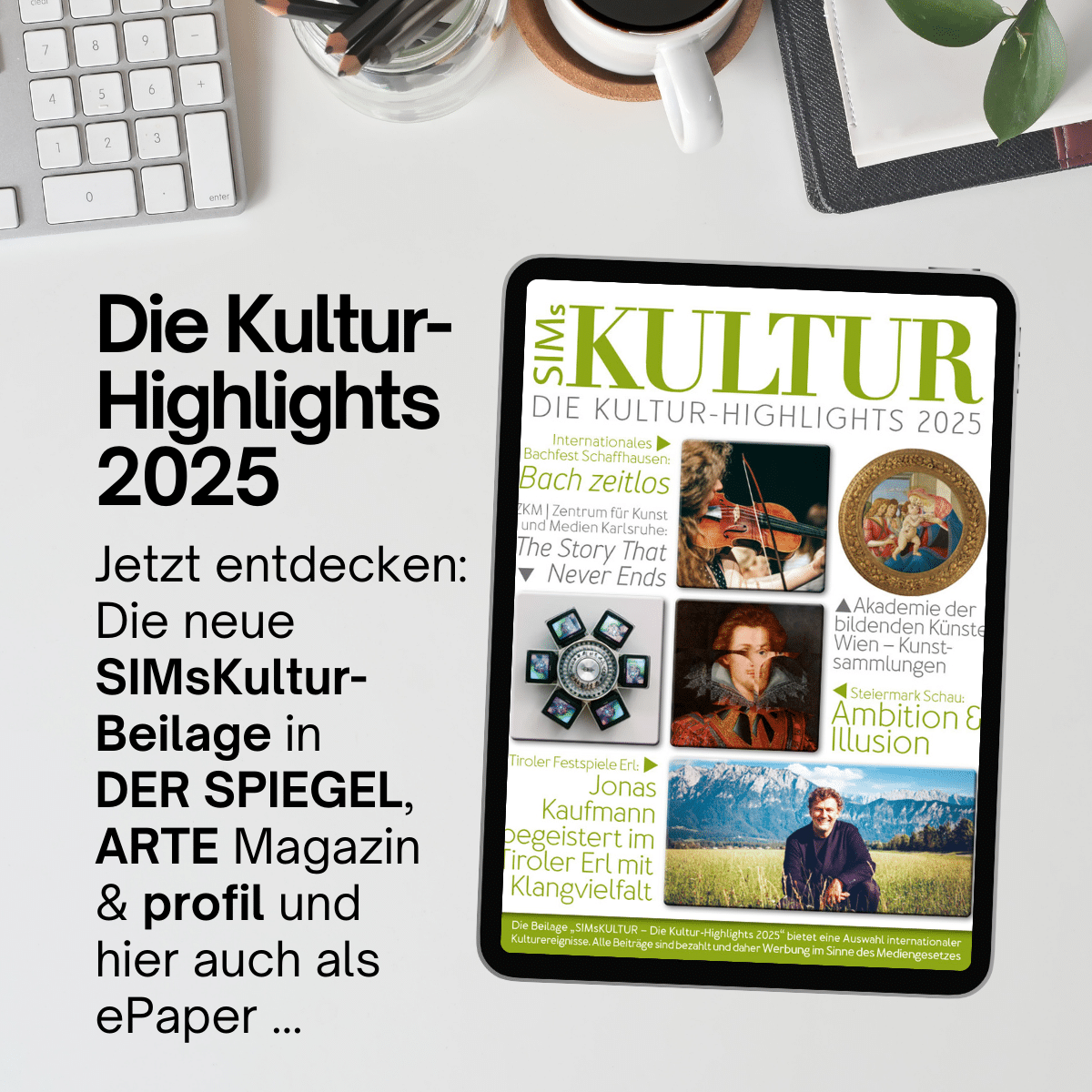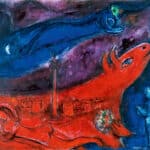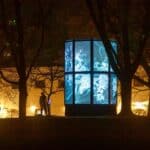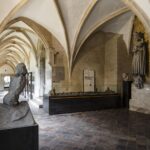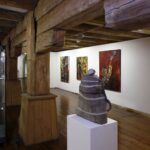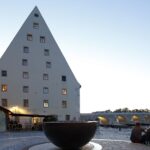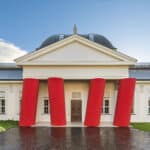Münster is a city that keeps its history alive. Houses, churches and squares in the restored old town "tell" stories from different centuries and create a backdrop that makes every visit to Münster an experience.
From Prinzipalmarkt, you can easily reach many of Münster's Sightseeing on foot.
Münster's Prinzipalmarkt is a piece of the city's living history. It tells of the Middle Ages, the Hanseatic League and the old merchant families, some of whom still do business here. The square with its characteristic gabled houses and arcades is the traditional economic and political center of Münster.
The historic town hall with its Peace Hall is located here. Numerous exclusive stores and restaurants are also located here. A large part of Münster's city life takes place on Prinzipalmarkt: this is where state guests are received and parties are celebrated, where people stroll, shop and enjoy life.
St. Paul's Cathedral in its present form is essentially a work of the 13th century. Particularly recommended is the astronomical clock, a marvel of the late Middle Ages, whose calendar goes back to the year 2071 (chimes and the Three Wise Men, Monday to Saturday 12 noon, Sundays and public holidays 12.30 pm).
A few steps away from the clock is the burial chapel of Clemens August Cardinal von Galen, the "Lion of Münster". Pope John Paul II prayed here in 1987 and a memorial stone still commemorates this today.
The cathedral chamber is also worth a visit. It displays the art and culture of the cathedral from twelve centuries and, with its objects of goldsmithing and textile art, is one of the most important treasure chambers in Europe.
The market and city church of St. Lamberti is located where Roggenmarkt and Alter Fischmarkt merge into Prinzipalmarkt. However, the hall church, built between 1375 and 1450, owes its fame neither to the unusual relief of the root of Jesse above the main portal nor to the fact that Cardinal von Galen preached his courageous sermons here during the Nazi era, but to the gruesome story of the three cages at the top of the tower. In the middle of the 16th century, the bodies of the three leaders of the Anabaptist movement hung in them.
A leisurely stroll around the old town: where the city walls once stood, there is now a green belt around the old town. The promenade with its double-row avenue of lime trees is car-free and an important traffic axis for all those on foot, by bike or on inline skates.
The large flea market takes place here five times a year from Schlossplatz towards Aasee. Between May and September, it attracts shoppers and onlookers from near and far, even far beyond the Münsterland region.
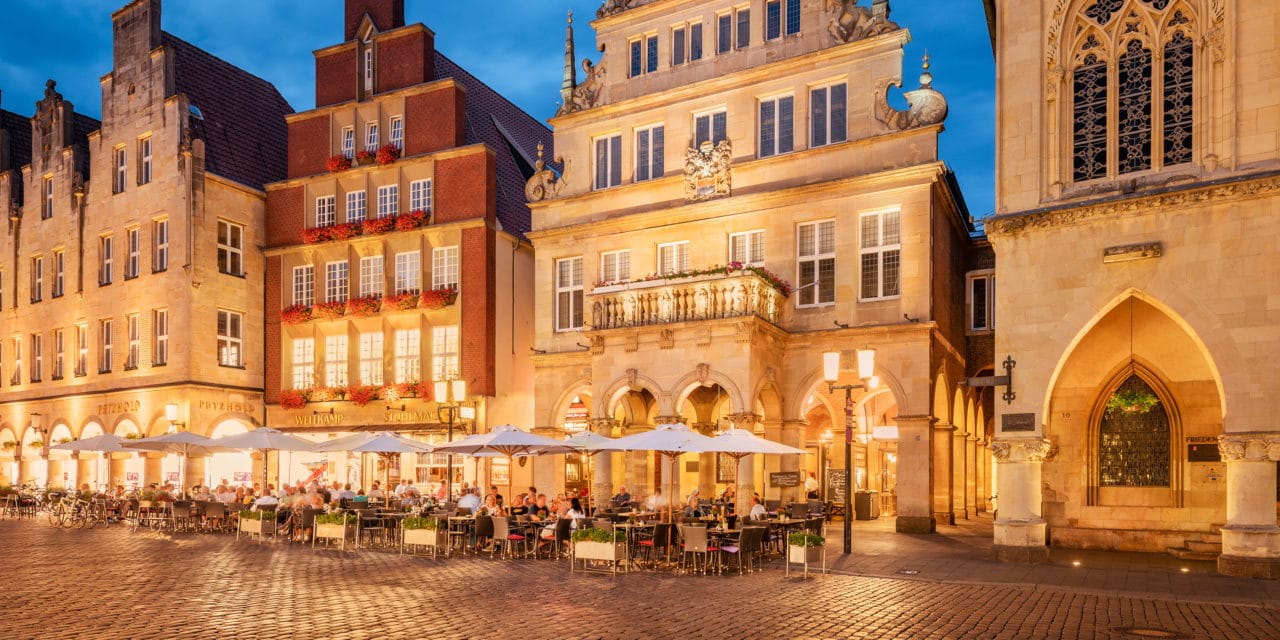
Prinzipalmarkt © Dagmar Schwelle

